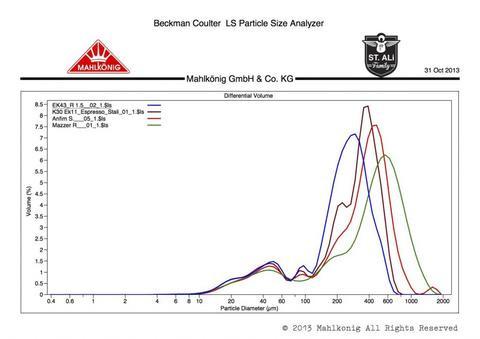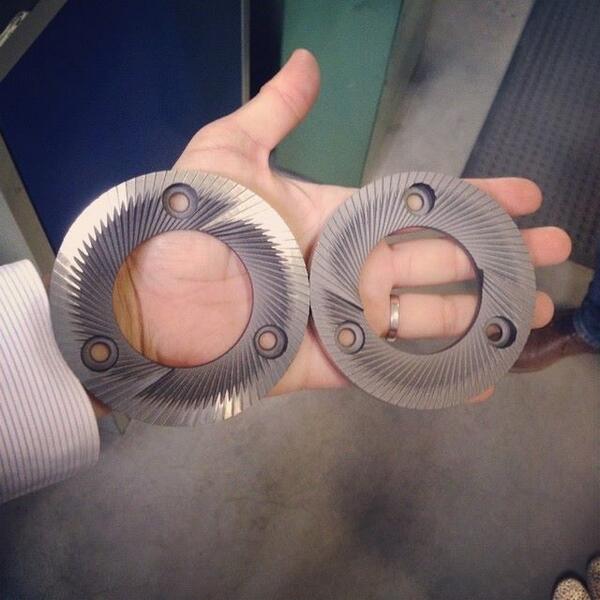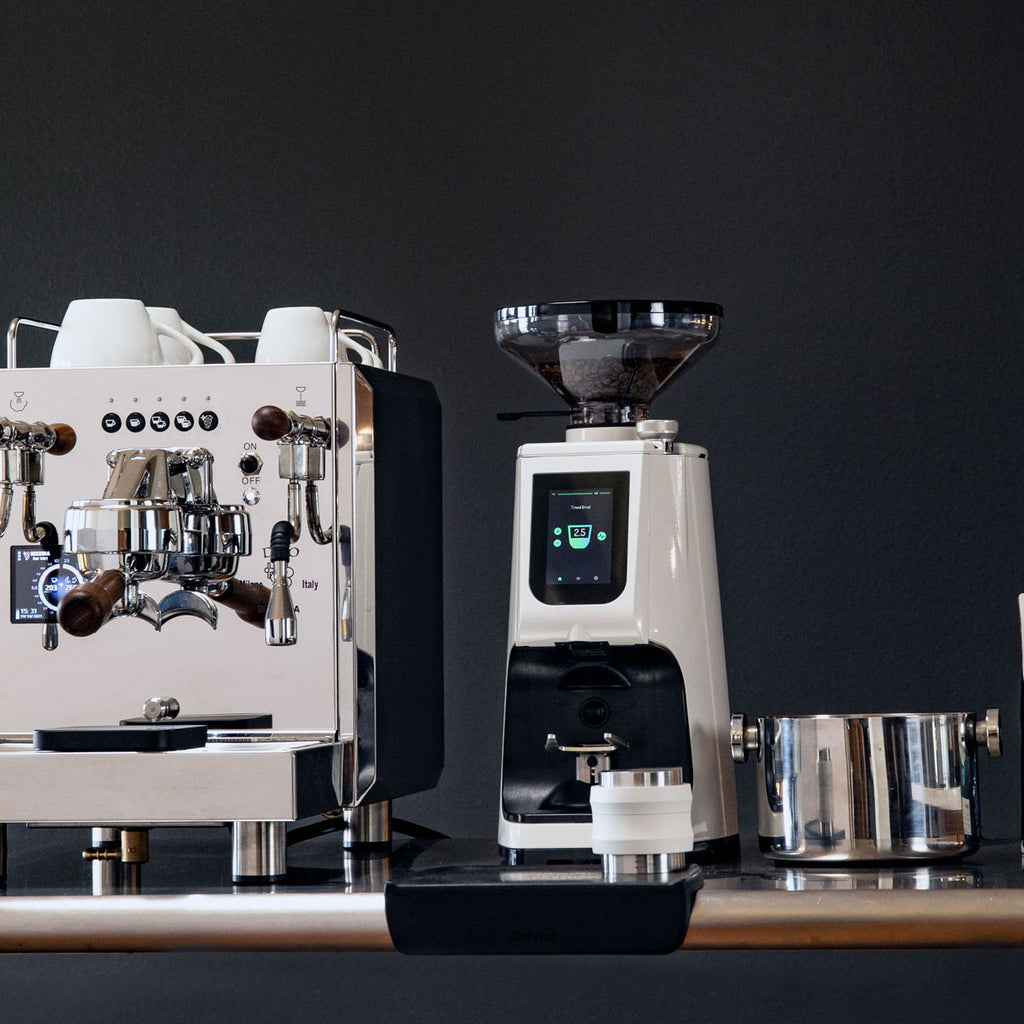Hi,
One for the espresso experts:
In the last few years it seems a few people have been experimenting with really high espresso extraction yields using EK43 grinders. This is pushing the envelope of what espresso is IMO, but they talk about a sweet and very pleasant coffee that can be found at super-lungo volumes from relatively low initial doses. Like a 21g dose going into a 48g yield over 27 seconds.
If I understand it correctly, the reasoning is that the EK43 in particular is gifted with the ability to grind coffee (at espresso grind sizes) consistently enough to allow optimal extraction, minimising the presence of bitter end-extraction products in the cup.
My experience with higher end kit was a while back, and used pretty commonly-accepted definitions of dose to yield, e.g.
20g dose to 20-30g yield; ristretto (ratio 1:1 - 1:1.5)
20g to circa 40g yield; normale (ratio circa 1:2)
Anything over that; a lungo
But even with a really great grinder, pushing that lungo boundary too much was not practiced. The usual caveat on the trend toward disproportionately increasing bitterness, while increasing actual extraction only a little, in the final seconds of a shot.
Has anyone played around with really high yields like these? If you've done it and succeeded in making this type of coffee well, did the shot visually appear to be extracting properly throughout the process?
This might be a little out there, hope someone has some real-world experience with this method. Especially using grinders other than the EK43. I'm mostly just curious to see what's possible with the current crop of high-end grinders - the EK43 is 30 years old, and I'd be surprised if it truly were the only grinder capable of this process.
Luke
One for the espresso experts:
In the last few years it seems a few people have been experimenting with really high espresso extraction yields using EK43 grinders. This is pushing the envelope of what espresso is IMO, but they talk about a sweet and very pleasant coffee that can be found at super-lungo volumes from relatively low initial doses. Like a 21g dose going into a 48g yield over 27 seconds.
If I understand it correctly, the reasoning is that the EK43 in particular is gifted with the ability to grind coffee (at espresso grind sizes) consistently enough to allow optimal extraction, minimising the presence of bitter end-extraction products in the cup.
My experience with higher end kit was a while back, and used pretty commonly-accepted definitions of dose to yield, e.g.
20g dose to 20-30g yield; ristretto (ratio 1:1 - 1:1.5)
20g to circa 40g yield; normale (ratio circa 1:2)
Anything over that; a lungo
But even with a really great grinder, pushing that lungo boundary too much was not practiced. The usual caveat on the trend toward disproportionately increasing bitterness, while increasing actual extraction only a little, in the final seconds of a shot.
Has anyone played around with really high yields like these? If you've done it and succeeded in making this type of coffee well, did the shot visually appear to be extracting properly throughout the process?
This might be a little out there, hope someone has some real-world experience with this method. Especially using grinders other than the EK43. I'm mostly just curious to see what's possible with the current crop of high-end grinders - the EK43 is 30 years old, and I'd be surprised if it truly were the only grinder capable of this process.
Luke






